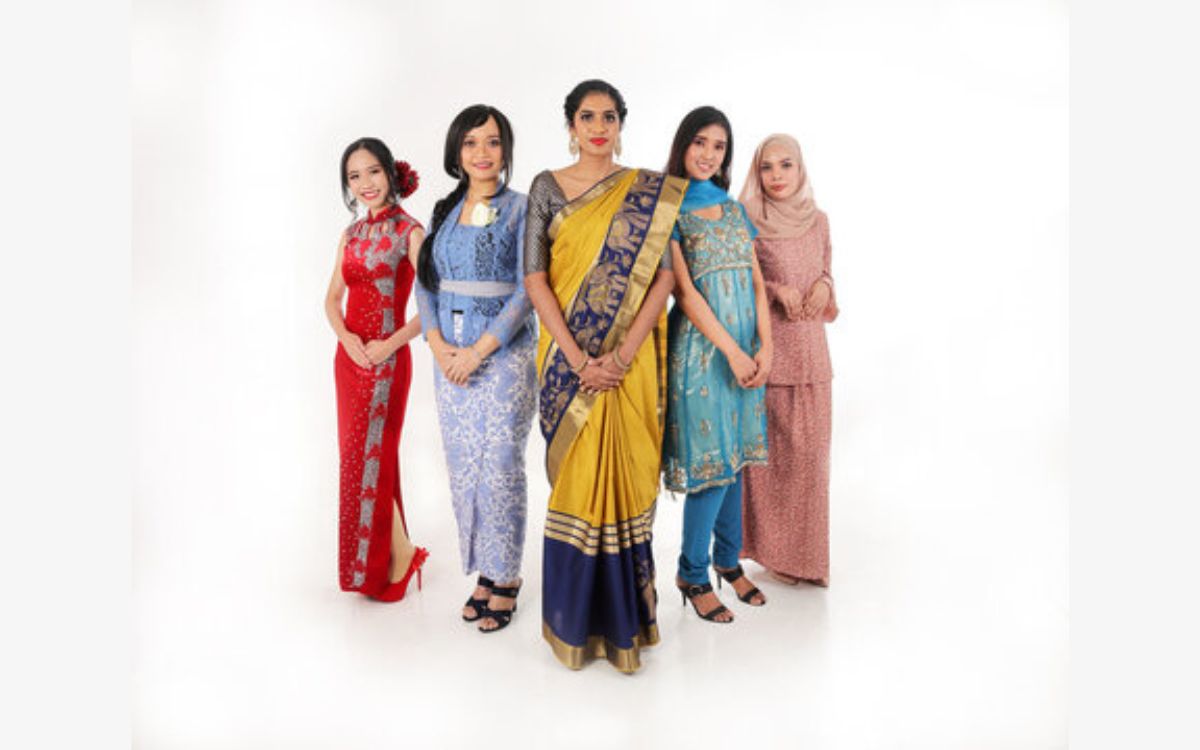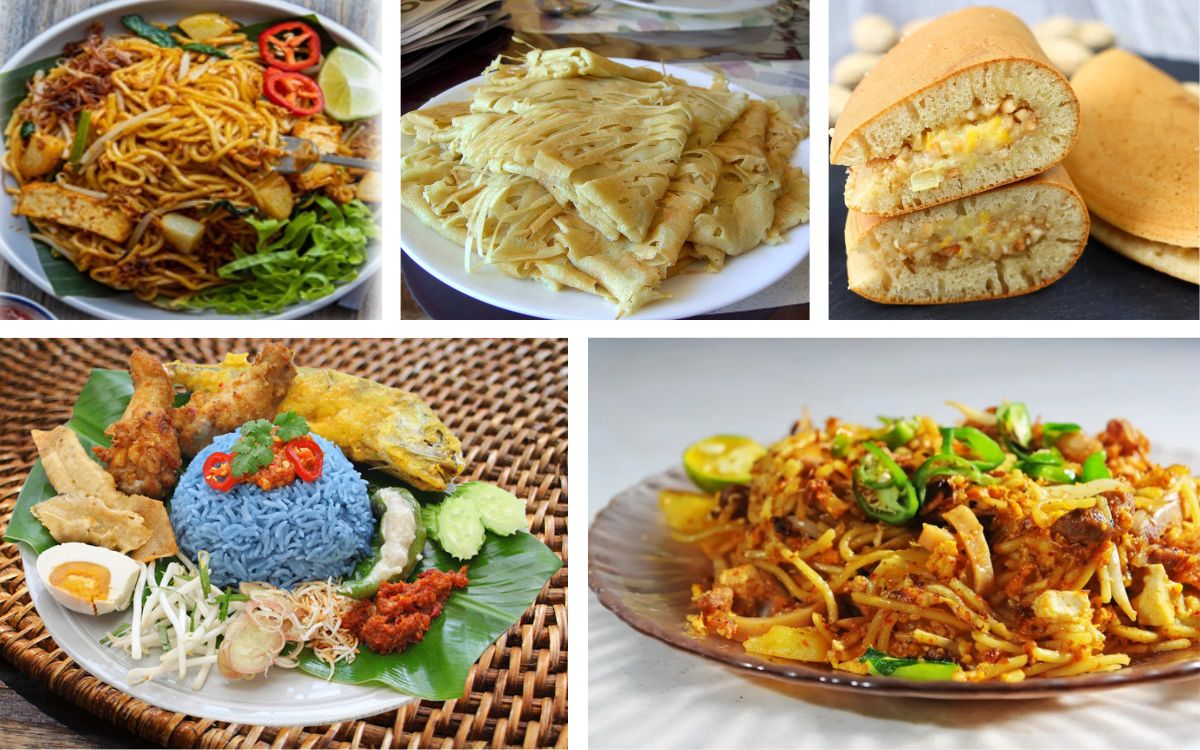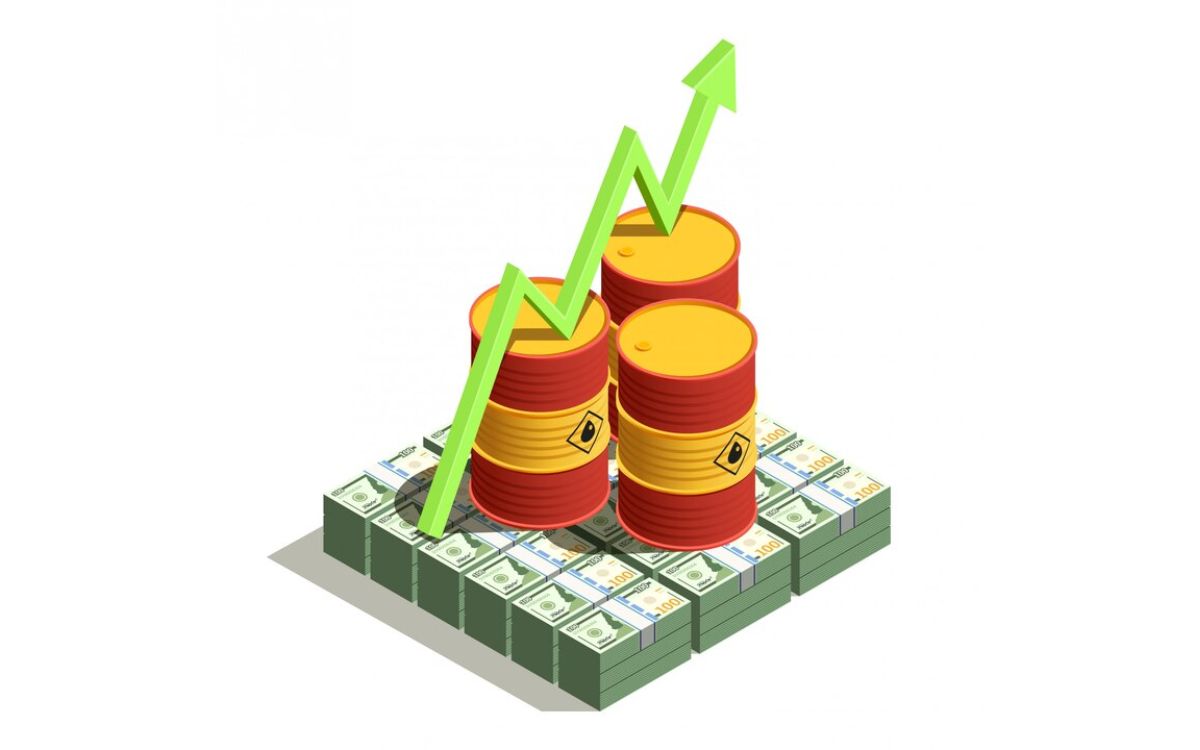Malaysia’s culture is a rich blend of traditions, languages, and religions, shaped by its
diverse population. The main ethnic groups—Malays, Chinese, and Indians—have influenced the
nation’s way of life, creating a vibrant cultural tapestry. Malay culture, rooted in Islam,
emphasizes respect for elders, hospitality, and modesty. Traditional Malay music, dance, and
crafts such as batik and songket are integral parts of the cultural identity.
Chinese culture in Malaysia brings influences from various regions in China, particularly
Cantonese, Hokkien, and Hakka. Chinese festivals like Chinese New Year are celebrated with
vibrant parades, lion dances, and family gatherings. The Chinese also have a significant
influence on Malaysian cuisine, introducing dishes like dim sum, laksa, and Hainanese chicken
rice.
The Indian community, primarily Tamil, has contributed rich religious and cultural practices.
Hindu festivals, such as Thaipusam, are marked by colorful processions and offerings, especially
at the Batu Caves. The influence of Indian culture can also be seen in music, dance, and
architecture.
Religion plays a central role in Malaysian life, with Islam being the largest and official
religion, followed by Christianity, Hinduism, and Buddhism. This diversity in faith is reflected
in the country’s festivals, which include Eid al-Fitr, Christmas, Deepavali, and Chinese New
Year.
Cultural etiquette in Malaysia encourages modest dress, especially when visiting religious
sites, and the tradition of removing shoes before entering homes is commonly observed. Malaysian
hospitality, warmth, and respect for tradition are evident in everyday life.

Malaysia Clothing
In the rich fabric of Malaysian culture, traditional attire embodies the essence of the nation’s heritage. From urban streets to rural settings, traditional clothing reflects Malaysian identity. These garments, from traditional clothes to customs, signify customs passed down through generations. Each piece tells a story of cultural continuity and resilience. Traditional dress is more than attire; it’s a connection to Malaysia’s past, present, and future. Women wear these dresses proudly, expressing their cultural roots. In Malaysia, wearing traditional clothing celebrates unity in diversity. From batik shirts to embroidered kebayas, it represents the nation’s cultural mosaic and remains a source of pride and inspiration for generations. The evolution of Malaysian traditional attire reflects a dynamic passage through the annals of the nation’s history.

Malaysia Food
Malaysia is known for many things, one of the most legendary ones is food. Malaysia, situated in South East Asia, has been home to many different cultures. The backbone of every Malaysian meal is rice, accompanied by generous amounts of fresh seafood, chillies, curries, coconut milk and always with plenty of spices. As Malaysia is a small island with a tropical, humid climate, surrounded by sea, it is easy to get fresh fish and tropical fruit and vegetables very easily.Nasi Kerabu is a traditional dish from Malaysia that is popular in the east coast states of Kelantan and Terengganu. Mee Goreng means “fried noodles” in the Malay language. Mamak describes people of Indian Muslim origins in Malaysia. A delicious Malaysian street food pancake filled with sweet creamed corn, peanuts, sugar and butter. This dessert pancake has a sweet and slightly savoury taste thanks to the creamed corn.

Malaysia Art
Malaysia has one of the most developed and active art scenes in the region. It is home to some of the most exciting and interesting artists who have developed their body of work within the country, the region as well as to other continents. Malaysia benefitted much from the multi-cultural society in which influence came through and was integrated to become what it is today. This was provided for by the National Art Gallery as it is the national body involved in the development of Malaysian art. With a diverse multi-cultural background and ethnicity, you would find some of the most unique types of arts and crafts. This makes Malaysia a truly land of craft and culture because each community has its own set of values and beliefs that bring about different practices and processes. Malaysia’s own unique shadow puppetry, known locally as Wayan Kulit dates back to generations. The unique cultural landscape in Malaysia brought about some very rich calligraphy art. Malaysia is the largest manufacturer of pewter in the world. With a rich source of tin, this element is usually matte in outlook and has been made into all types of products. They are perfect items for souvenirs and are great for home cutleries as well. A popular name in this would be Selangor Pewter.

Malaysia Film Industry
Malaysian film industry is a relatively small industry that caters to the need of a population of only about 27.5 million. In the context of globalization, this small local market presents a challenge for the government in promoting the industry as part of a creative industry with great economic potential. The Malaysian cinema is considered a popular national cinema, and to a certain extent, this industry is a popular ‘Malay’ cinema. However, in recent years, a notable group of local Chinese and Indian filmmakers has been actively producing Malaysian films that reach out to mainstream audiences. Malaysia is a multiracial and multireligious country of thirty-one million people. One of the outstanding characteristics of its multi-ethnic population today is its highly variegated ethnic mix. Many ethnic groups in Malaysia maintain separate cultural identities. The ethnic groups of Malaysia consist mainly of the Malay community, the Chinese community, and the Indian community. In a multi-racial and multi-religious context, the film plays a pivotal role in facilitating intercultural dialogue in a country.

Malaysia Economy
Malaysia actively participates in several global and regional economic frameworks. The country is a member of the WTO and takes part in regional economic initiatives such as ASEAN and the 21-member APEC forum. Bilaterally, Malaysia has active free-trade agreements (FTAs) with several countries including Australia, Chile, India, Japan, New Zealand, Pakistan, and Turkey. Malaysia is also involved in several multilateral trade arrangements. The ASEAN Free Trade Agreement signed in 1992 and Malaysia’s active role in ASEAN’s FTAs with other countries like Australia, New Zealand, China, Hong Kong, India, Japan, and South Korea stand as testaments to this. In January 2022, the country also became a party to the Regional Comprehensive Economic Partnership (RCEP), which ASEAN had signed with its FTA partners in 2020. This followed the country’s participation in other prominent trade arrangements such as the Comprehensive and Progressive Agreement for Trans-Pacific Partnership, which was ratified in September 2022. It's important to note that OPEC+ meetings and coordinated production targets significantly affect global oil prices. Since they control a large share of global oil production, their decisions can impact the market balance and influence oil prices for consumers worldwide.